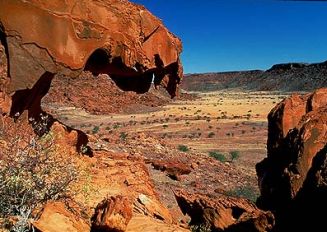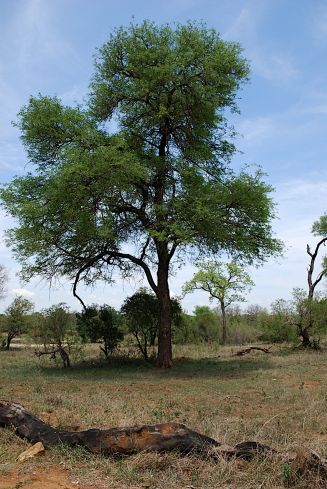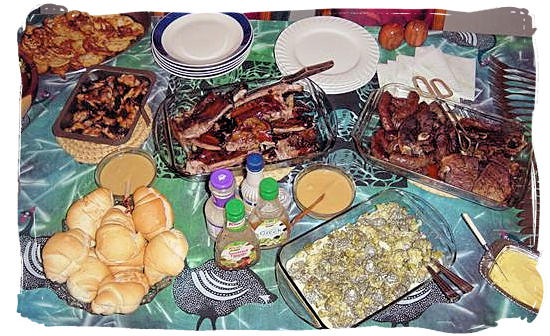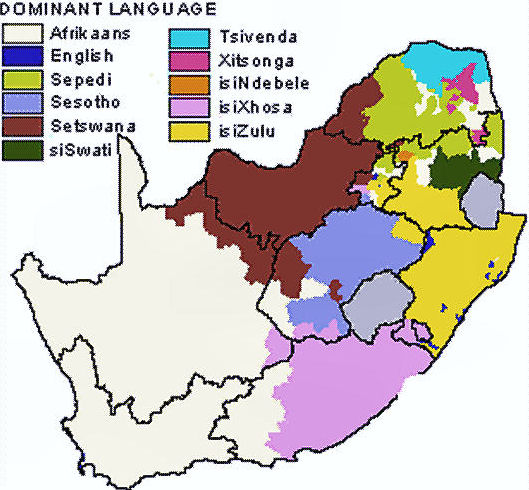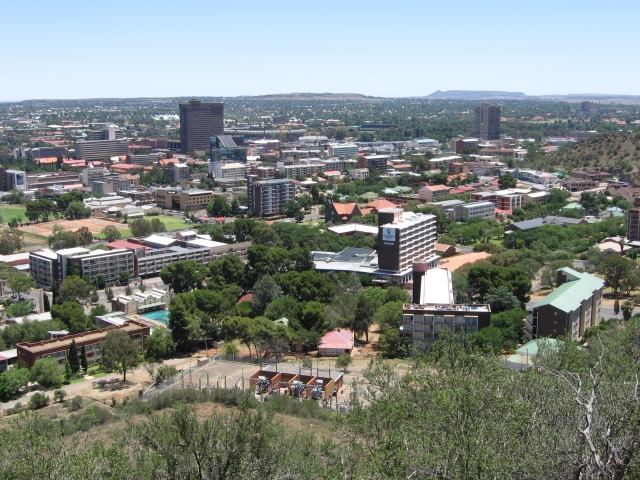
Have a valid passport, vaccinated if it is passed by Brazil and have bought return tickets are only some of the requirements asked South Africa if you want to travel to see the grand event. And given that this target is not considered a tourist area, it becomes necessary assistance to purchase insurance for peace of mind in case of any inconvenience.
To begin with, can not travel to South Africa without a scheduled date of return, since within the entry requirements is that you must have returned since the passage assures them that "the intention" of returning home .
Within the calling to enter the count is at least a passport with at least two blank pages for stamps and visas. Additionally, you must have a minimum period of six months at the time of embarking. If you need to get a new passport the Civil Register is reporting the value of the same 32 pages, has a value of $ 48,900 and 64 leaves, $ 60,720. Was delayed six days in delivery.








 Brazil: 5 World Cup's
Brazil: 5 World Cup's

